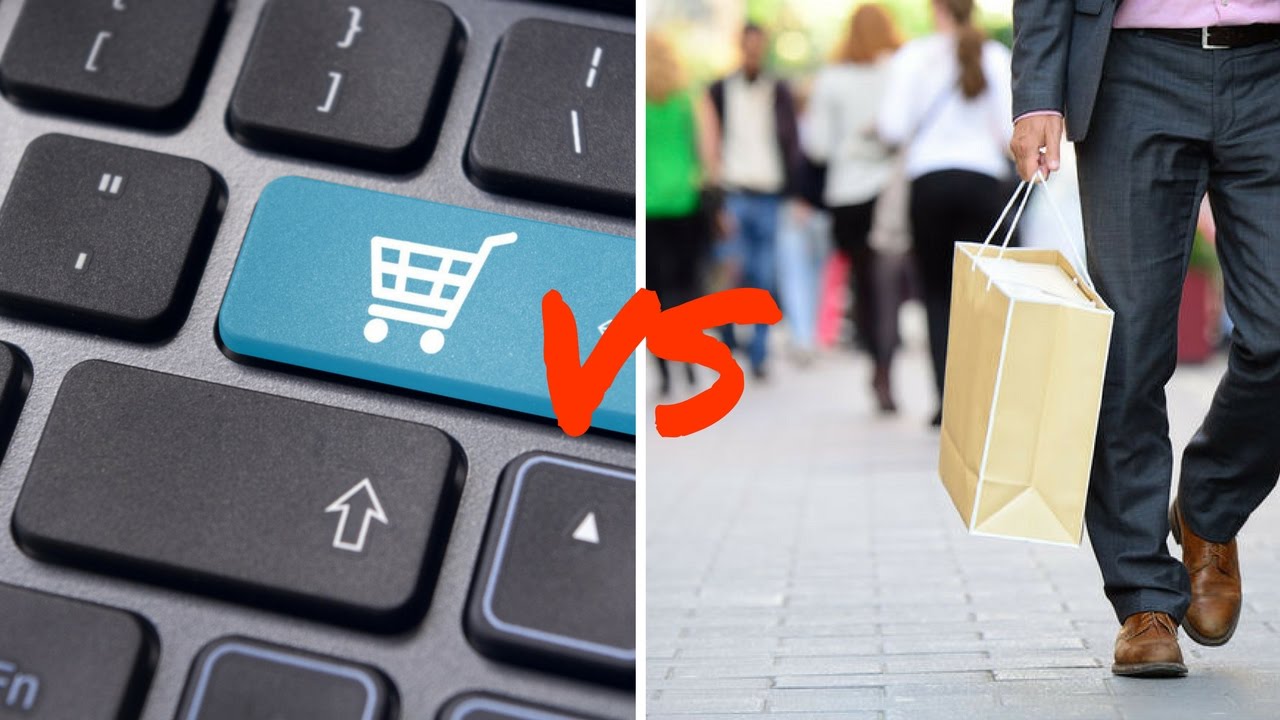Advantages and Disadvantages of Online and In-Store Shopping

The debate between online and in-store shopping has grown increasingly relevant as consumers embrace digital retail, and physical stores continue to evolve. Both methods offer unique benefits and drawbacks, depending on consumer preferences, product types, and convenience needs.
Read this article to explore the advantages and disadvantages of both online and in-store shopping, offering insights into how businesses can optimize their strategies for success, especially when considering SEO services for ecommerce.
Advantages of Online Shopping
1. Convenience
One of the most significant advantages of online shopping is convenience. Consumers can shop from the comfort of their homes or on the go, without the need to travel to a physical store. This is particularly beneficial for those with busy schedules or limited mobility. Online stores are open 24/7, allowing shoppers to make purchases at any time, without the constraints of traditional store hours.
2. Wider Product Selection
Online retailing offers a vast selection of products that may not be available in physical stores. This is especially true for niche or specialized items. Shoppers can easily compare products from different brands and read reviews to make informed decisions. The wide variety of online options ensures that consumers can find exactly what they need, regardless of location.
3. Price Comparisons and Discounts
Online shopping makes it easy to compare prices across different retailers. Consumers can quickly find the best deals without physically visiting multiple stores. Additionally, online retailers often offer exclusive discounts, promotions, and coupons, making it possible to save money. Many online platforms also provide tools like price alerts, which notify shoppers when a product’s price drops.
4. Easy Access to Reviews and Information
Online shoppers have immediate access to product reviews, ratings, and detailed descriptions. This information helps consumers make well-informed decisions based on the experiences of other buyers. The transparency of customer feedback can lead to increased trust in a product, influencing purchase decisions.
5. No Crowds or Lines
Shopping online eliminates the need to deal with crowded stores and long checkout lines, especially during peak shopping seasons. This can reduce stress and make the shopping experience more enjoyable.
Disadvantages of Online Shopping
1. Lack of Physical Inspection
One of the primary drawbacks of online shopping is the inability to inspect or try products before purchase physically. For items like clothing, furniture, or electronics, this can be a significant disadvantage. Shoppers must rely on product descriptions, images, and reviews, which may not always accurately represent the item.
2. Shipping Costs and Delays
Although many online retailers offer free shipping, this is not always the case. Shipping costs can add up, especially for international orders. Also, delivery times can vary, and there is always the risk of delays due to weather, logistical issues, or high demand during sales events.
3. Security Concerns
Online shopping involves sharing personal and financial information, which can raise concerns about data security. Although most reputable retailers have secure payment systems in place, the risk of cyberattacks, phishing scams, and identity theft remains. Consumers must be vigilant and only shop on trusted websites to protect their information.
4. Complicated Returns and Refunds
Returning products purchased online can be more complicated than returning items to a physical store. The process often involves shipping the item back, waiting for the retailer to receive it, and then waiting for a refund or replacement. This can be time-consuming and inconvenient, particularly if the product was needed urgently.
5. Environmental Impact
The convenience of online shopping comes with an environmental cost. The packaging materials used for shipping and the fuel consumed in delivery contribute to pollution and waste. Frequent online purchases can lead to a higher carbon footprint compared to shopping locally.
Advantages of In-Store Shopping
1. Immediate Product Availability
One of the most significant advantages of in-store shopping is the ability to take the product home immediately. There is no waiting period, making it ideal for those who need items urgently. This is especially important for perishable goods, time-sensitive purchases, or when immediate gratification is desired.
2. Physical Inspection and Try-Ons
In-store shopping allows consumers to physically inspect products, try on clothing, and test electronics before making a purchase. This hands-on experience can lead to more confident buying decisions, reducing the likelihood of returns or dissatisfaction.
3. Personalized Customer Service
Physical stores often provide personalized customer service, with staff available to assist with questions, offer recommendations, and provide support. This human interaction can enhance the shopping experience, particularly for complex or high-value purchases where expert advice is beneficial.
4. Social Experience
For many, shopping in-store is a social activity that can be enjoyed with friends or family. The opportunity to browse together, share opinions, and make joint decisions adds a social dimension to the shopping experience that online platforms cannot replicate.
5. Supporting Local Businesses
Shopping in-store, particularly at local businesses, supports the local economy and helps sustain community-based retailers. Many consumers value the connection to their local community and prefer to shop locally when possible.
Disadvantages of In-Store Shopping
1. Limited Operating Hours
Unlike online stores that operate 24/7, physical stores have set operating hours, which can be restrictive for those with busy schedules. Consumers may have to plan their visits around store hours, which can be inconvenient.
3. Travel and Time Investment
In-store shopping requires time and effort, including traveling to the store, parking, and navigating the aisles. For those living in remote areas or without easy access to transportation, this can be a significant drawback. Additionally, time spent waiting in lines or dealing with crowds can detract from the overall shopping experience.
4. Limited Product Availability
Physical stores have limited shelf space, which can result in a more restricted product selection compared to online retailers. If a store is out of stock on a particular item, the consumer may have to visit multiple locations or wait for the product to be restocked.
5. Price Comparisons are More Difficult
While in-store shopping allows for immediate purchases, comparing prices across different retailers is more challenging. Consumers must visit multiple stores to find the best deal, which can be time-consuming and inefficient.
6. Impulsive Buying
The in-store environment encourages impulse buying, with strategically placed products, promotions, and sales designed to tempt shoppers into making unplanned purchases. This can lead to overspending and buyer’s remorse.
Optimizing Retail Strategies for Success
Both online and in-store shopping have distinct advantages and disadvantages, and businesses must navigate these to optimize their retail strategies. For ecommerce businesses, investing in SEO services for ecommerce is crucial to ensure visibility in a crowded online marketplace. Effective SEO can drive organic traffic, enhance user experience, and increase conversions by targeting relevant keywords such as “advantages of online retailing.”
For brick-and-mortar stores, combining the strengths of in-store shopping with online conveniences, such as offering buy-online-pickup-in-store (BOPIS) services, can create a seamless shopping experience that caters to diverse consumer preferences. By leveraging the advantages of both online and in-store shopping, businesses can maximize customer satisfaction and drive long-term growth.
Bottom Line
While online shopping offers unparalleled convenience and a broad selection of products, it also comes with challenges like security concerns and the inability to inspect items physically. Conversely, in-store shopping provides immediate access to products and personalized service but can be time-consuming and less convenient. Understanding these dynamics allows businesses to tailor their strategies to meet the evolving needs of consumers in both the digital and physical retail landscapes.








